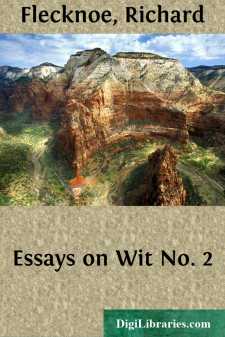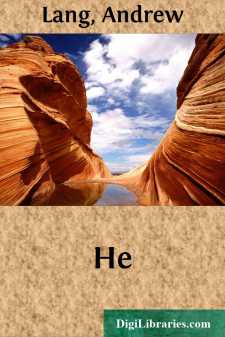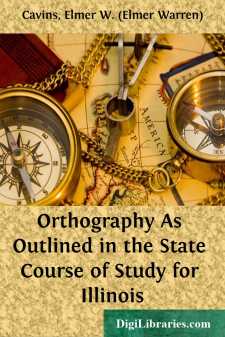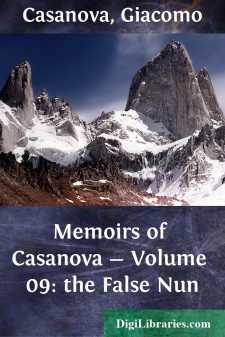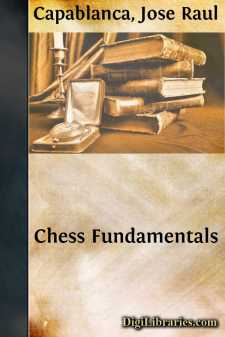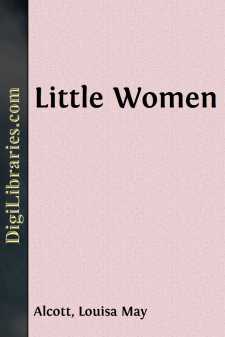Categories
- Antiques & Collectibles 13
- Architecture 36
- Art 48
- Bibles 22
- Biography & Autobiography 813
- Body, Mind & Spirit 142
- Business & Economics 28
- Children's Books 15
- Children's Fiction 12
- Computers 4
- Cooking 94
- Crafts & Hobbies 4
- Drama 346
- Education 46
- Family & Relationships 57
- Fiction 11828
- Games 19
- Gardening 17
- Health & Fitness 34
- History 1377
- House & Home 1
- Humor 147
- Juvenile Fiction 1873
- Juvenile Nonfiction 202
- Language Arts & Disciplines 88
- Law 16
- Literary Collections 686
- Literary Criticism 179
- Mathematics 13
- Medical 41
- Music 40
- Nature 179
- Non-Classifiable 1768
- Performing Arts 7
- Periodicals 1453
- Philosophy 64
- Photography 2
- Poetry 896
- Political Science 203
- Psychology 42
- Reference 154
- Religion 513
- Science 126
- Self-Help 84
- Social Science 81
- Sports & Recreation 34
- Study Aids 3
- Technology & Engineering 59
- Transportation 23
- Travel 463
- True Crime 29
Essays on Wit No. 2
by: Richard Flecknoe
Description:
Excerpt
INTRODUCTION TO THE SERIES ON WIT
The age of Dryden and Pope was an age of wit, but there were few who could explain precisely what they meant by the term. A thing so multiform and. Protean escaped the bonds of logic and definition. In his sermon "Against Foolish Talking and Jesting" the learned Dr. Isaac Barrow attempted to describe some of the forms which it took; the forms were many, and it is difficult to discover any element which they held in common. Nevertheless Barrow ventured a summary:
It is, in short, a manner of speaking out of the simple and plain way, (such as Reason teacheth and proveth things by,) which by a pretty surprizing uncouthness in conceit of expression doth affect and amuse the fancy, stirring in it some wonder, and breeding some delight thereto.
And about sixty years later, despite the work of Hobbes and Locke in calling attention to the importance of semantics, the confusion still existed. According to John Oldmixon (Essay on Criticism, 1727, p. 21), "Wit and Humour, Wit and good Sense, Wit and Wisdom, Wit and Reason, Wit and Craft; nay, Wit and Philosophy, are with us almost the same Things." Some such confusion is apparent in the definition presented by the Essay on Wit (1748, p. 6).
In general it was recognized that there were two main kinds of wit. Both fancy and judgment, said Hobbes (Human Nature, X, sect. 4), are usually understood in the term wit; and wit seems to be "a tenuity and agility of spirits," opposed to the sluggishness of spirits assumed to be characteristic of dull people. Sometimes wit was used in this sense to translate the words ingenium or l'esprit. But Hobbes's disciple Walter Charleton objected to making it the equivalent of ingenium, which, he said, rather signified a man's natural inclination—that is, genius. Instead, he described wit as either the faculty of understanding, or an act or effect of that faculty; and understanding is made up of both judgment and Imagination. The Ample or Happy Wit exhibits a fine blend of the two (Brief Discourse concerning the Different Wits of Men, 1669, pp. 10, 17-19). In this sense wit combines quickness and solidity of mind.
In the other, and more restricted sense, wit was made identical with fancy (or imagination) and distinguished sharply from reason or judgment. So Hobbes, recording a popular meaning of wit, remarked (Leviathan. I, viii) that people who discover rarely observed similitudes in objects that otherwise are much unlike, are said to have a good wit. And judgment, directly opposed to it, was taken to be the faculty of discerning differences in objects that are superficially alike. (Between this idea of wit as discovering likeness in things unlike, and the Platonic idea of discovering the One in the Many, the Augustans made no connection.) A similar distinction between wit and judgment was made by Charleton, Robert Boyle, John Locke, and many others. The full implication lying in Hobbes's definition can be seen in Walter Charleton, who said (Brief Discourse, pp. 20-21) that imagination (or wit) is the faculty which "we conceive some certain similitude in objects really unlike, and pleasantly confound them in discourse: Which by its unexpected Fineness and allusion, surprizing the Hearer, renders him less curious of the truth of what is said." In short, wit is delightful, but, because it leads away from , unprofitable and, it may be, even dangerous....


